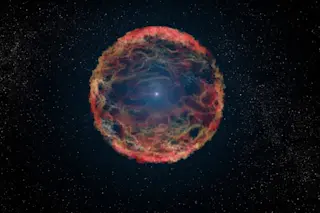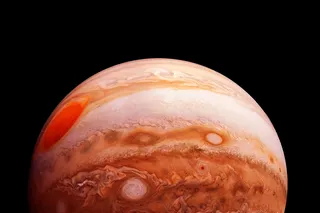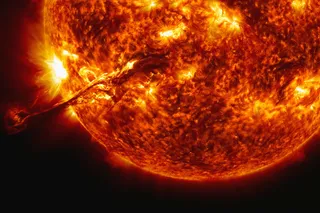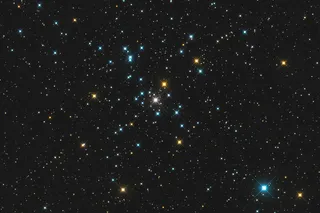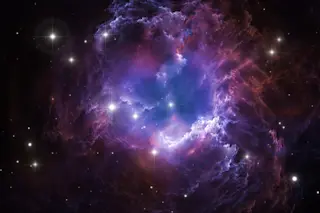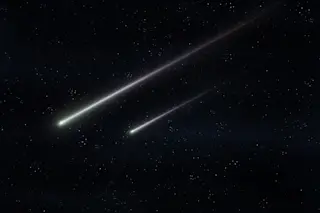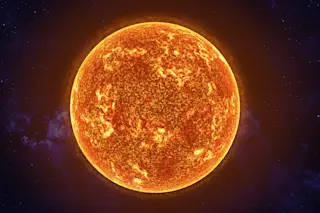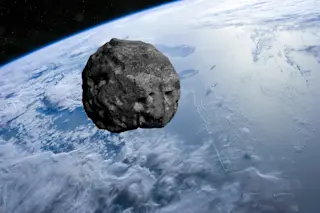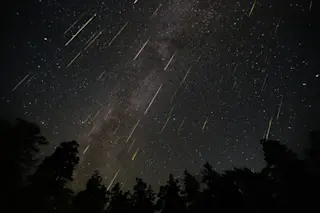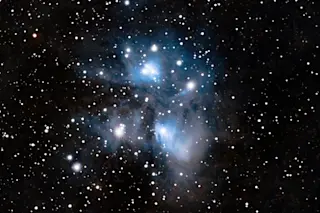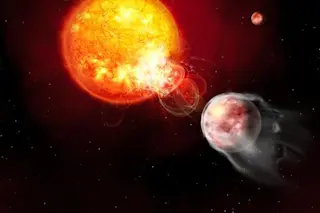An expanding shell of dust and gas is blown outward, away from a star’s dense, white-dwarf core in this artist's illustration. (Credit: NASA/ESA/STSCI/G. Bacon) Let us sympathize, for a moment, with neutrino researchers. These tireless folks devote their energies toward understanding subatomic particles that, it would appear, want nothing to do with them. Neutrinos, born from supernovas and other cosmic events, flit through the universe unaffected by almost all of it, harmlessly passing through any matter in its way; about 100 billion originating in the sun pass through your body every second, night and day. It’s extremely tough to find an individual neutrino, but given a big enough area, you’re bound to catch some eventually. But what if there was another way — some method of indirectly spotting the work of neutrinos in more common materials? Research appearing today in Physical Review Letterssuggests that might just be the case, with ...
A Supernova Secret May Be Hidden Inside Meteorites
Neutrino researchers explore how studying meteorites can reveal secrets about supernova explosions and elusive electron anti-neutrinos.
More on Discover
Stay Curious
SubscribeTo The Magazine
Save up to 40% off the cover price when you subscribe to Discover magazine.
Subscribe

